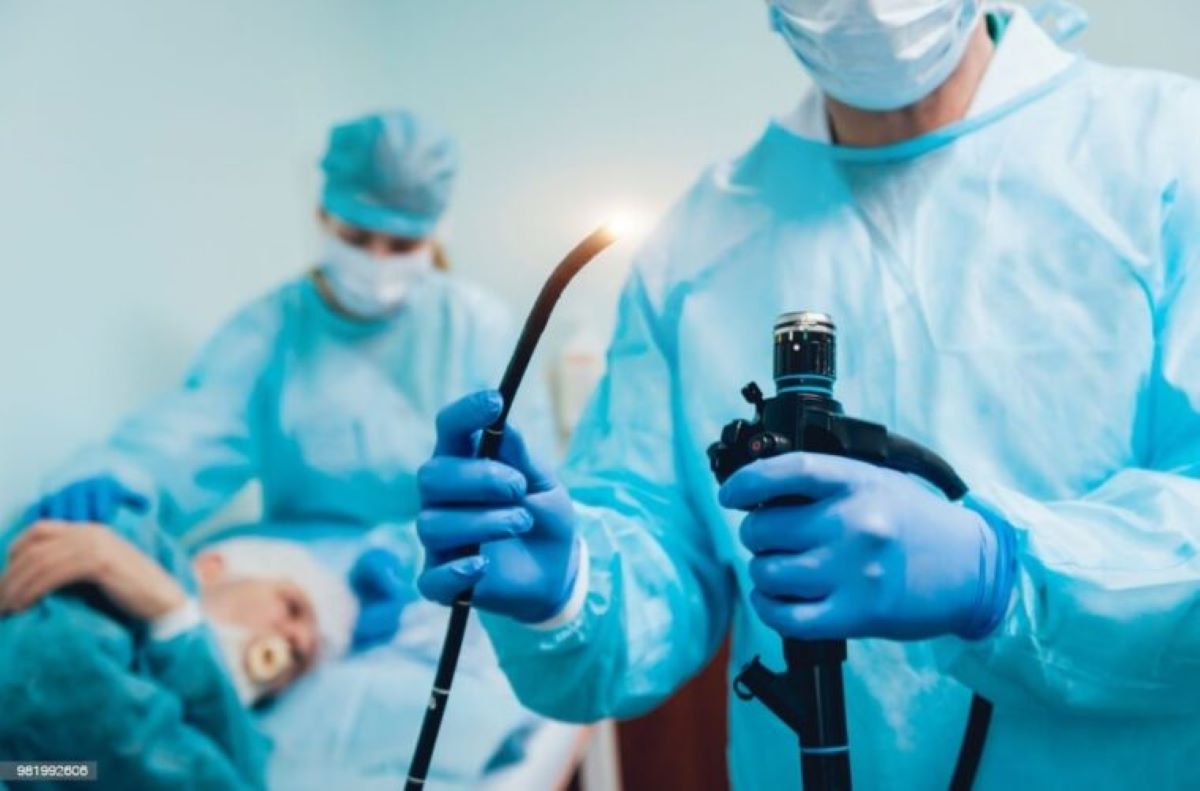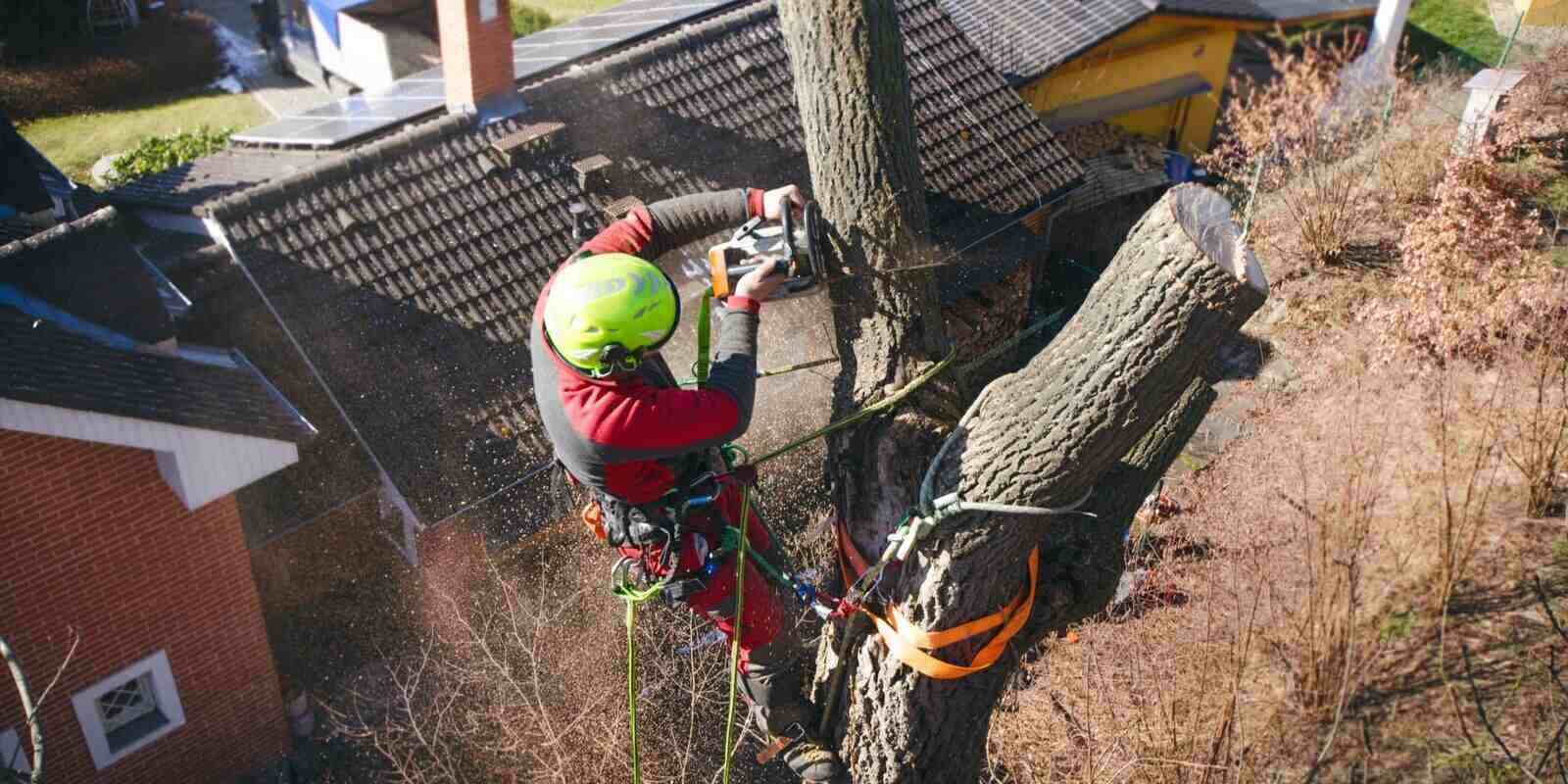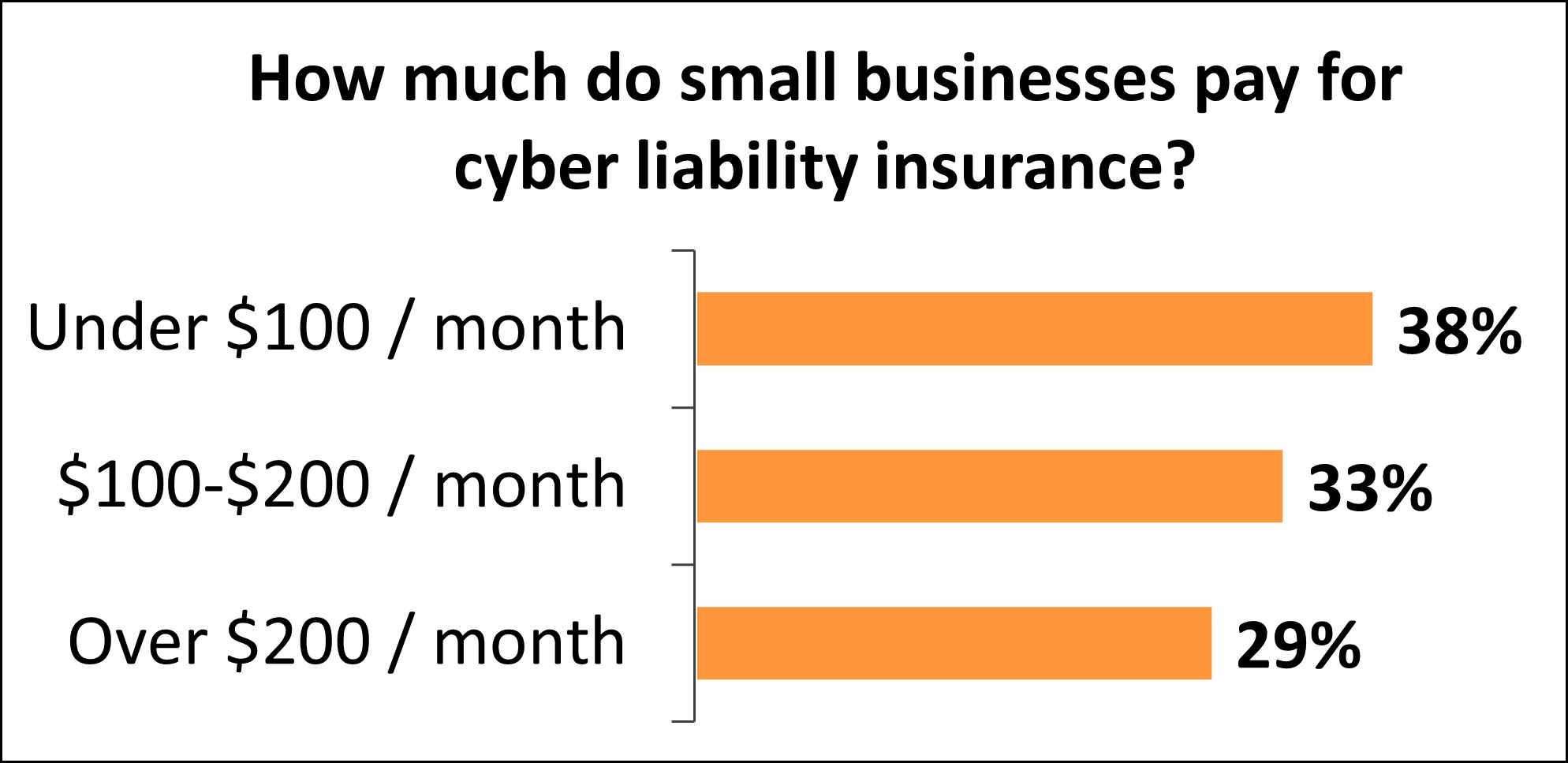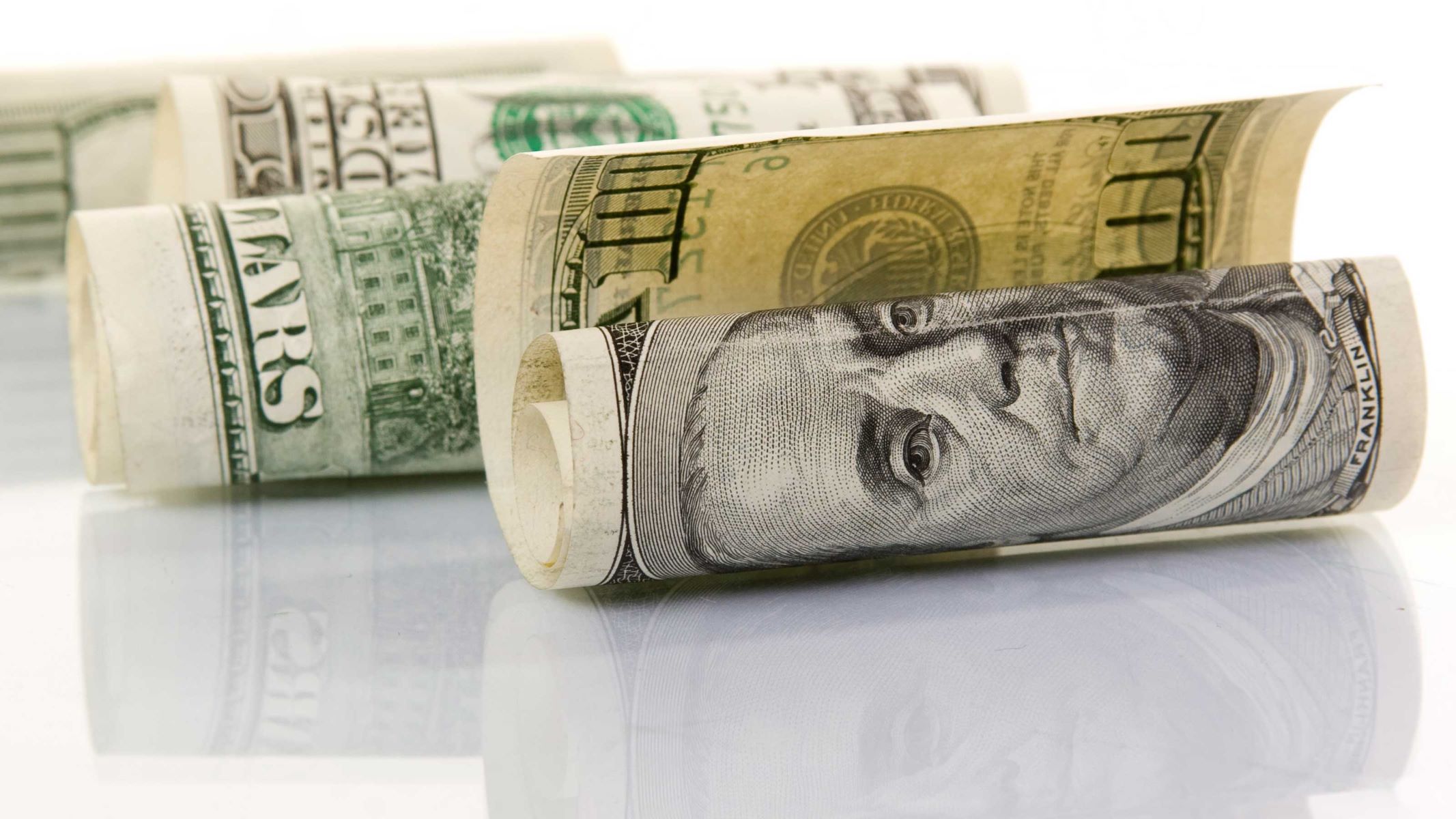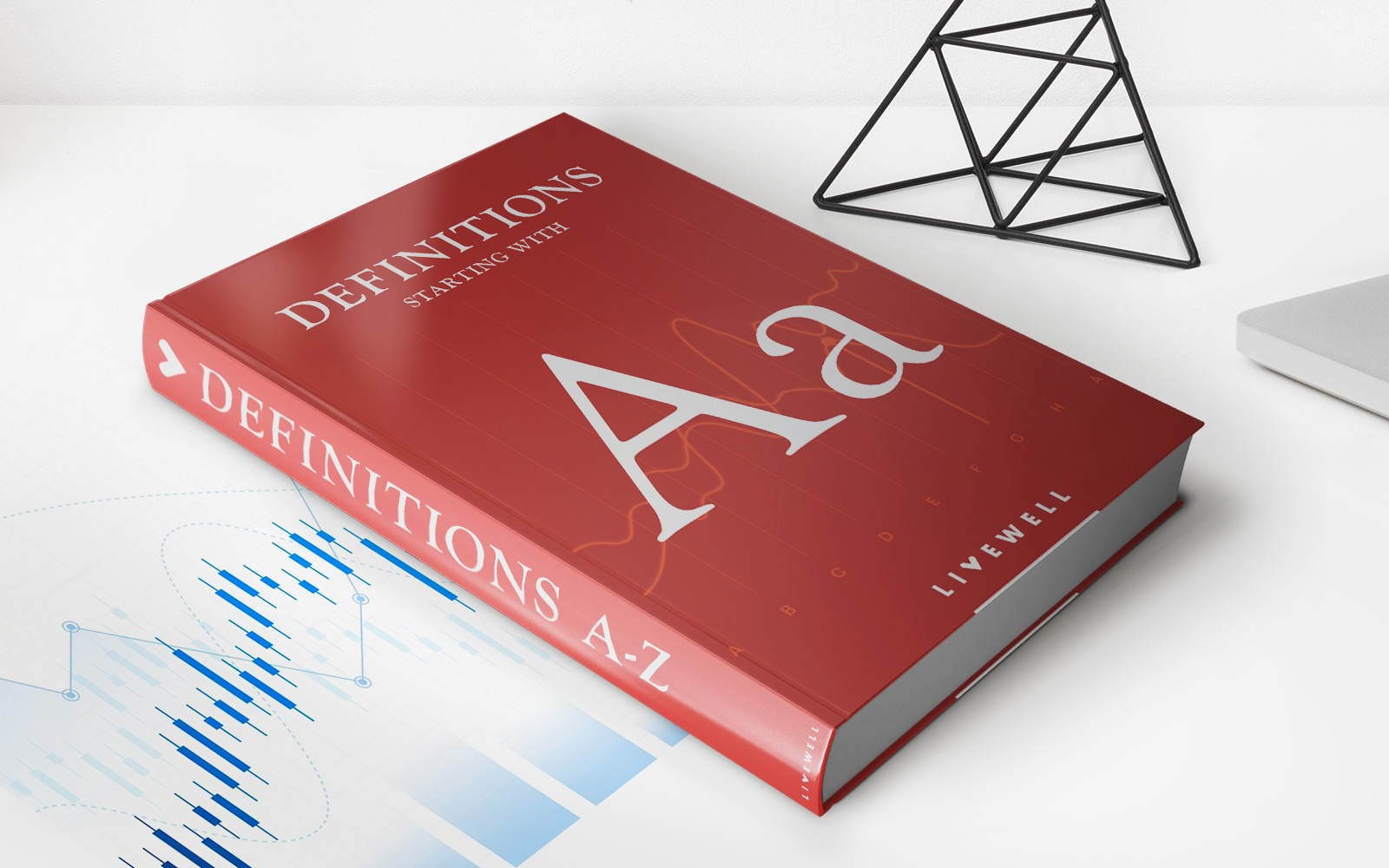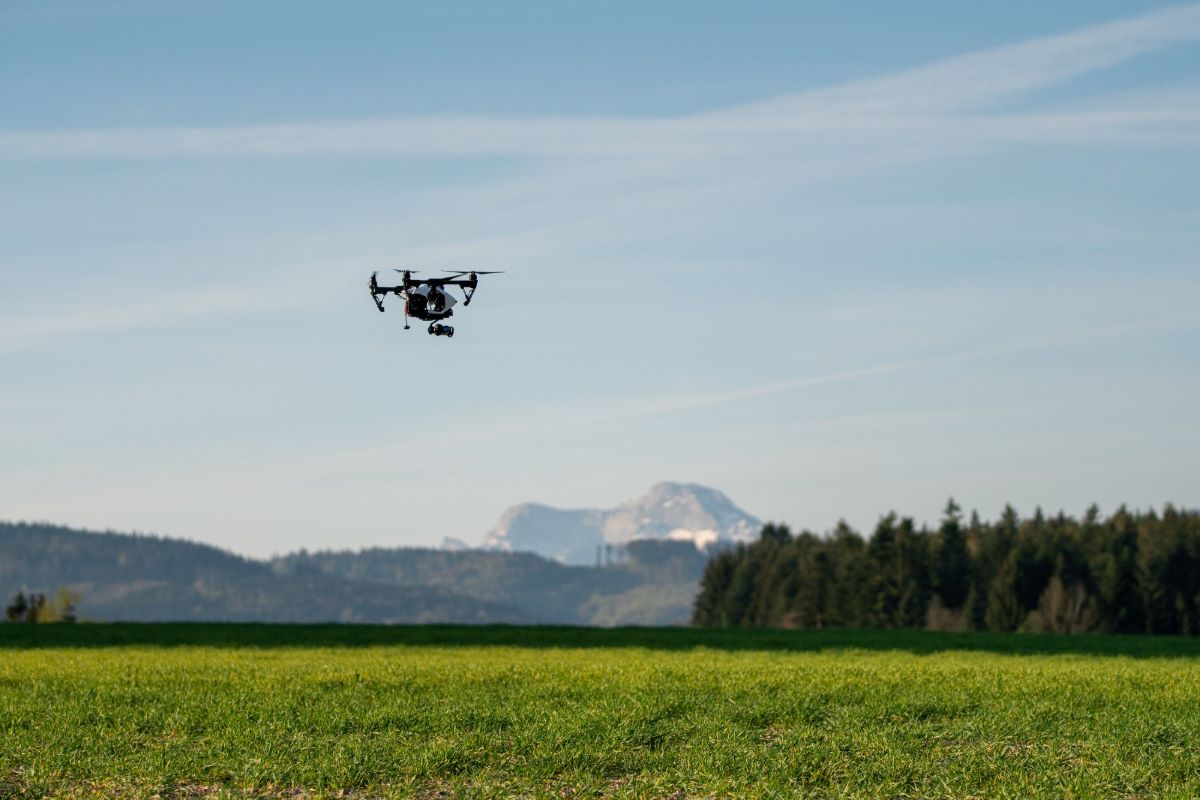

Finance
How Much Does Drone Insurance Cost
Published: November 24, 2023
Looking for drone insurance? Find out the cost of drone insurance and how it can impact your finances. Protect your investment today!
(Many of the links in this article redirect to a specific reviewed product. Your purchase of these products through affiliate links helps to generate commission for LiveWell, at no extra cost. Learn more)
Table of Contents
Introduction
Welcome to the exciting world of drone piloting! Whether you’re a professional aerial photographer, a hobbyist capturing stunning footage, or a commercial operator carrying out inspections and surveys, drone insurance is an essential aspect of your business or recreational activities. Protecting your investment and mitigating potential risks is crucial, and understanding the factors affecting drone insurance costs is key to making informed decisions.
Drone insurance provides financial coverage for liability claims, physical damages, and even theft or loss of your drone. Since the rise in popularity of drones in various industries, insurance providers have developed specialized policies to cater to the unique needs of drone operators.
When it comes to determining the cost of drone insurance, several factors come into play. Insurance providers take into account the pilot’s experience and training, the type and value of the drone, the purpose of its use, the desired coverage limits, and the geographical location where it will be operated.
In this article, we will explore the factors that affect drone insurance costs, the different types of coverage available, the average cost of drone insurance, and provide some valuable tips for getting the best insurance deal. So, let’s take flight and dive into the world of drone insurance!
Factors Affecting Drone Insurance Cost
When it comes to determining the cost of drone insurance, several factors come into play. Insurance providers consider these factors to assess the level of risk associated with insuring a particular drone and pilot. Let’s take a closer look at the key factors that can impact the cost of your drone insurance:
- Pilot Experience and Training: Insurance providers will often inquire about your experience as a drone pilot and any relevant training or certifications you have obtained. Pilots with more experience and comprehensive training are deemed lower risk, which can result in lower insurance premiums.
- Type and Value of the Drone: The drone’s make, model, and value directly influence the insurance premium. More expensive drones typically cost more to insure. Additionally, factors such as the drone’s specifications, capabilities, and any modifications or upgrades can impact the insurance cost.
- Purpose of Use: How you use your drone also affects the insurance premium. Operators using drones for recreational purposes usually have lower premiums compared to commercial operators who use drones for business-related activities like aerial photography, videography, or inspections. Commercial operations often carry a higher liability risk, leading to higher insurance costs.
- Coverage Limits: The coverage limits you choose for liability claims, physical damages, and theft or loss of the drone can impact the insurance cost. Higher coverage limits come with higher premiums.
- Geographical Location: The location where you intend to fly your drone plays a role in determining the insurance cost. Areas with higher population densities or increased risks of accidents or property damage may result in higher insurance premiums.
- Claim History: Your previous claim history can also affect your insurance premium. If you have filed claims in the past, especially for drone-related incidents, insurance providers may consider you a higher risk and adjust the premium accordingly.
It’s important to note that each insurance provider may have their own specific underwriting criteria and methods for determining premiums. Therefore, it is always recommended to reach out to different insurers, obtain quotes, and compare their offerings to find the best and most affordable drone insurance policy that suits your needs.
Types of Coverage
When it comes to drone insurance, there are several types of coverage to consider. Understanding the different types of coverage available will help you determine which policies are essential for your specific needs. Let’s explore the main types of coverage offered by insurance providers for drone operators:
- Liability Insurance: Liability insurance is the most basic and essential coverage for drone operators. It protects you financially if your drone causes bodily injury or property damage to others. This coverage can help cover legal expenses, medical bills, property repair costs, and settlements or judgments in case of a liability claim.
- Hull Insurance: Hull insurance covers your drone against physical damage or loss. This coverage is particularly important if you have invested a significant amount in your drone and want to protect it from damage caused by accidents, collisions, or even theft.
- Payload and Equipment Coverage: If you use specialized equipment or cameras as part of your drone operations, payload and equipment coverage can protect these valuable items from damage, loss, or theft.
- Personal Injury Insurance: Personal injury coverage is designed to protect you in case an accident or incident involving your drone causes harm to individuals, such as invasion of privacy claims or emotional distress claims.
- Non-Owned Coverage: Non-owned coverage extends liability protection to instances where you are flying a rented or borrowed drone. This coverage is particularly useful for professionals who frequently hire drones or collaborate with other operators.
- General Aviation Insurance: If you are performing commercial drone operations as part of a larger aviation business, such as aerial surveying or aerial advertising, you may need to consider general aviation insurance. This coverage provides broader protection for your aviation-related operations beyond just drone usage.
It’s important to carefully review the coverage options provided by insurance providers and assess which ones are most relevant to your drone operations. You can also discuss your specific requirements with an insurance agent who specializes in drone insurance to ensure you have adequate coverage for your unique needs.
Average Cost of Drone Insurance
The cost of drone insurance can vary depending on several factors, including the type of coverage, the value of your drone, your experience as a pilot, and the specific requirements of your operations. While it is difficult to provide an exact average cost, we can provide a general idea of what you might expect to pay for drone insurance.
Liability-only policies for recreational drone pilots typically start around $100 to $500 per year, depending on the coverage limits. These policies generally provide coverage for bodily injury and property damage to third parties. However, it’s important to note that these prices can vary based on factors such as your location and the complexity of your operations.
For commercial drone operators, the cost of insurance tends to be higher due to the increased liability risks involved. Commercial policies typically provide broader coverage and higher liability limits. The cost of commercial drone insurance can range from $1,000 to $5,000 or more per year, depending on factors such as the value of your drone, your coverage requirements, the nature of your business activities, and your claim history.
It’s worth mentioning that these prices are just general estimates and can vary significantly based on individual circumstances. Insurance providers will assess your specific needs and underwrite your policy accordingly. Additionally, obtaining multiple quotes from different insurers is crucial to ensure you’re getting the best coverage at the most competitive price.
Remember, while drone insurance may seem like an additional expense, it provides valuable protection and peace of mind. Accidents can happen unexpectedly, and having insurance coverage can shield you from potentially devastating financial losses.
Always consider your specific requirements and the potential risks associated with your operations when determining how much coverage you need and how much you are willing to spend on insurance premiums. It’s better to be proactive and adequately insured rather than face the consequences of being underinsured in the event of an incident involving your drone.
Getting Drone Insurance Quotes
When it comes to getting drone insurance, it’s important to compare quotes from different insurance providers to ensure you’re getting the best coverage at the most competitive price. Here are a few steps to help you get started:
- Research and Identify Insurance Providers: Start by researching reputable insurance providers that specialize in drone insurance. Look for companies with a solid reputation, experience in the field, and positive customer reviews.
- Provide Accurate Information: When requesting insurance quotes, be prepared to provide accurate and detailed information about your drone, your flying experience, the purpose of your operations, and any relevant certifications or training you have obtained. Providing accurate information will help insurance providers assess your risk profile accurately.
- Specify Coverage Needs: Clearly articulate the specific coverage types and limits you require. This includes liability coverage, hull insurance, payload and equipment coverage, or any additional coverage you need for your specific operations.
- Obtain Multiple Quotes: Reach out to multiple insurance providers to obtain quotes. This allows you to compare coverage options, prices, and policy terms. Consider factors like deductibles, coverage limits, and exclusions when evaluating quotes.
- Ask about Discounts: Inquire about any discounts or special offers that may be available. Some insurers offer discounts for bundling different coverage types or for having a clean claims history. Taking advantage of these discounts can help reduce your insurance costs.
- Review and Evaluate: Carefully review the quotes you receive and assess the value each insurance provider offers. Look beyond just the price and consider factors like customer service reputation, claims handling process, and the financial stability of the insurance company.
- Ask Questions: If you have any questions or concerns about the coverage or policy terms, don’t hesitate to ask the insurance provider. It’s important to have a clear understanding of what is covered and what is not before making a decision.
By following these steps and obtaining multiple quotes, you can make an informed decision and choose the drone insurance policy that best suits your needs and budget.
Remember that insurance is a crucial investment in protecting your drone and your financial well-being. It’s worth taking the time to research, compare quotes, and select a reliable insurance provider that offers comprehensive coverage at a reasonable price. Safeguard your drone and enjoy peace of mind while flying!
Tips for Reducing Drone Insurance Costs
While drone insurance is essential for protecting your investment and mitigating risks, there are strategies you can employ to help reduce your insurance costs. Consider the following tips to potentially lower your drone insurance premiums:
- Invest in Training and Certification: Obtaining proper training and certification as a drone pilot can demonstrate your competence and reduce your insurance risk. Insurance providers often offer lower premiums to pilots who have completed recognized training programs.
- Choose a Higher Deductible: Opting for a higher deductible, the amount you pay out-of-pocket in the event of a claim, can lower your insurance premium. However, make sure you can afford to pay the deductible if a claim occurs.
- Maintain a Clean Claims History: Building a claims-free history can help reduce your insurance costs over time. Minimizing accidents or incidents that lead to filed claims can demonstrate your safe piloting practices to insurance providers.
- Secure Your Drone: Taking steps to secure your drone, such as using locking mechanisms or anti-theft devices, can lower your insurance risk. Insurance providers may offer discounts for implementing such security measures.
- Choose Liability-Only Coverage: If you are a recreational drone pilot or have a lower-risk operation, opting for liability-only coverage may be a more affordable option. This coverage focuses on protecting you financially in case of third-party bodily injury or property damage claims.
- Bundle Policies: If you have other insurance policies, such as homeowners or auto insurance, consider bundling them with your drone insurance under a single insurer. Many insurance companies offer multi-policy discounts that can help reduce the overall cost of your coverage.
- Regularly Assess and Adjust Coverage: As your drone usage and needs evolve, it’s essential to periodically reassess your coverage. Adjusting your coverage limits to align with your current requirements can help avoid overpaying for unnecessary coverage.
- Shop Around and Compare Quotes: Don’t settle for the first insurance quote you receive. Shop around, obtain quotes from multiple insurers, and compare the level of coverage and premiums offered. This allows you to find the most competitive rates for your specific needs.
- Consider Membership Discounts: Certain drone associations or organizations may have partnerships with insurance providers that offer discounted rates for their members. Explore these membership opportunities to potentially save on your drone insurance.
By implementing these tips, you can potentially reduce your drone insurance costs without compromising on the necessary coverage. However, it’s important to strike a balance between cost savings and ensuring adequate protection for your drone and operations. Remember to select an insurance policy that meets your specific needs and provides sufficient coverage for potential risks.
Conclusion
Drone insurance is a vital component of responsible and secure drone operations. Understanding the factors that can affect the cost of drone insurance, being aware of the types of coverage available, and taking steps to reduce your insurance costs can help you make informed decisions and protect your investment.
Factors such as pilot experience, drone value, purpose of use, coverage limits, geographical location, and claim history are all taken into account by insurance providers when determining premiums. It’s crucial to provide accurate information and shop around to obtain multiple quotes to ensure you’re getting the best coverage at the most competitive price.
Liability insurance, hull insurance, payload and equipment coverage, personal injury insurance, non-owned coverage, and general aviation insurance are some of the common types of coverage available for drone operators. Evaluating your specific needs and obtaining the appropriate coverage is key.
The cost of drone insurance can vary greatly depending on various factors, such as the type of coverage, the value of your drone, your experience, and the nature of your operations. It’s worth exploring different options and obtaining quotes from different insurers to find the most suitable and affordable policy.
To reduce your drone insurance costs, investing in training and certification, securing your drone, choosing higher deductibles, maintaining a clean claims history, and bundling policies are effective strategies. Regularly reassessing your coverage needs and shopping around for the best quotes are also important practices for cost control.
Remember, drone insurance is not just an expense—it is an essential investment that provides financial protection and peace of mind. Prioritize your safety, protect your drone, and stay compliant with local regulations by getting the right insurance coverage for your unique situation.
By being proactive, informed, and responsible, you can enjoy the thrill of flying your drone while being adequately protected against potential risks.

